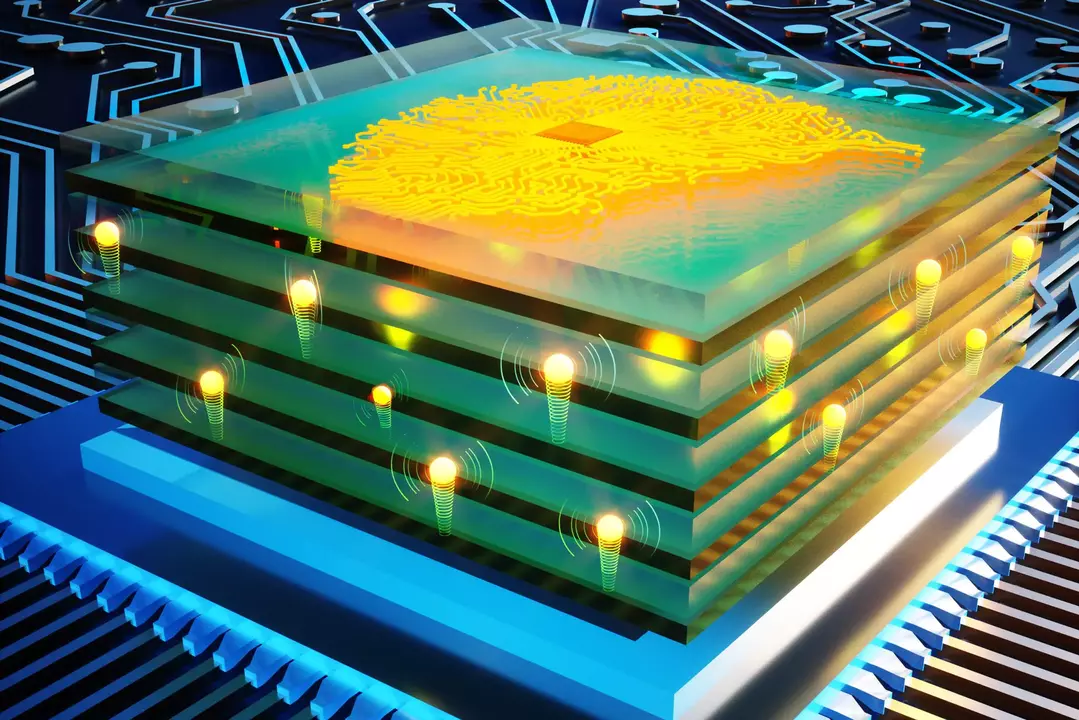Exploring the Potential of Quantum Computing for Businesses
Quantum computing is a technology that is quickly gaining traction in the business world. It is an advanced form of computing that has the potential to revolutionize the way businesses operate. Quantum computing relies on quantum mechanics to store and process data, which can lead to powerful insights and solutions. In this article, we will explore the potential of quantum computing for businesses.
What is Quantum Computing?
Quantum computing is a form of computing that uses quantum-mechanical phenomena, such as superposition and entanglement, to perform computations. This type of computing has the potential to be exponentially faster than conventional computing, as it can process data in parallel and at a much faster rate. Quantum computing can also be used to solve complex problems that would be difficult or impossible to solve with traditional computers.
The Benefits of Quantum Computing for Businesses
Quantum computing has the potential to revolutionize the way businesses operate. It can be used to solve complex problems, such as optimization and machine learning, in a fraction of the time it would take a traditional computer. This could lead to faster decisions, increased efficiency, and improved profitability. Additionally, quantum computing can be used to develop new products and services, as well as to gain insights into customer behavior, market trends, and other data-driven insights.
Quantum Computing vs. Neuromorphic Chips
Quantum computing is often compared to neuromorphic chips, which are computer chips that mimic the behavior of neurons in the human brain. While neuromorphic chips can be used for certain tasks, such as image recognition and natural language processing, they are not as powerful or fast as quantum computing. Additionally, quantum computing has the potential to be used for a wider range of tasks than neuromorphic chips.
Conclusion
In conclusion, quantum computing is a powerful technology with the potential to revolutionize the way businesses operate. It has the potential to be faster and more powerful than traditional computing and neuromorphic chips, and can be used to solve complex problems. As businesses explore the potential of quantum computing, they may find that it could be a valuable tool to increase efficiency, profitability, and insights.
Taking Advantage of Neuromorphic Chips to Revolutionize Computing
Quantum computing and neuromorphic chips are two revolutionary technologies that have the potential to revolutionize computing. Quantum computing has been around for a while, but it is only recently that neuromorphic chips have been developed. Neuromorphic chips are artificial intelligence chips that emulate the behavior of neurons and synapses in the brain. They can process large amounts of data quickly and accurately, and can be used for a wide range of applications, from medical imaging to robotics.
Neuromorphic chips are advantageous in many ways, particularly in the field of computing. One of the main benefits of neuromorphic chips is their ability to process large amounts of data quickly and accurately. This makes them ideal for tasks that require high levels of accuracy, such as medical imaging or robotics. Neuromorphic chips can also be used to analyze complex data sets, such as those generated by big data applications. These chips can help identify patterns and trends in large data sets, helping to make sense of them faster and more accurately.
The potential of neuromorphic chips to revolutionize computing is immense. With these chips, it will be possible to quickly process large amounts of data, identify patterns, and develop models that can be used to make predictions. They could also be used to create powerful neural networks that can carry out complex tasks, such as recognizing objects in images or understanding natural language. Neuromorphic chips could even be used to create powerful artificial intelligence applications.
The potential of neuromorphic chips to revolutionize computing is only just beginning to be explored. As more research is conducted, more applications for these chips will be discovered. It is likely that neuromorphic chips will become an integral part of the computing landscape in the near future. They could be used to create powerful applications that could help to solve some of the world’s most complex problems, from climate change to disease diagnosis.
